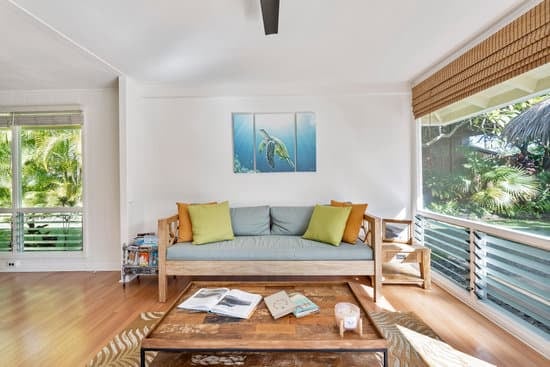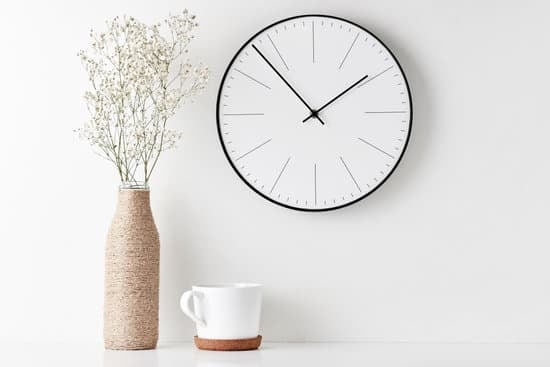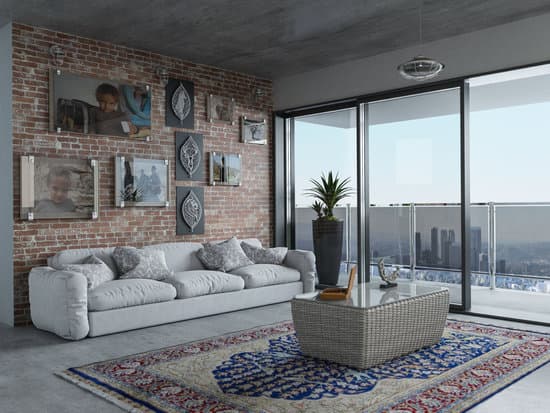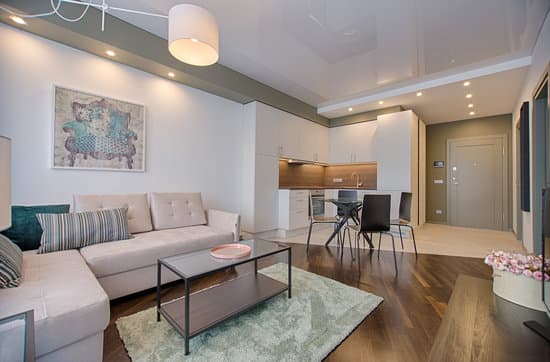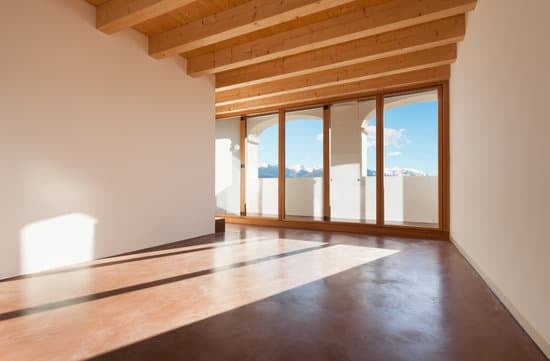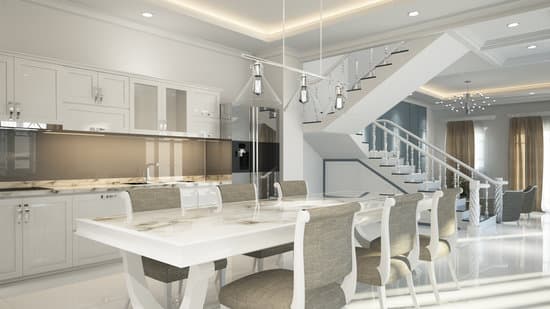The Origin of Mudejar Style Furniture
Mudejar, a term that originally referred to the Moors who lived under Christian rule in Spain during the Middle Ages, is now used in the world of home furnishing to describe a particular style of furniture that blends Moorish and medieval Spanish aesthetics. This style is said to have originated in the 12th century and continued to be popular until the 17th century. During this period, the Moors made significant contributions to Spanish art and culture, and their rich artistic heritage left a lasting imprint on Spanish furniture and decorative arts. The Mudejar style, therefore, was born out of a desire to combine the ornate geometric and floral motifs of Islamic art with the austerity and simplicity of medieval Spanish design.Characteristics of Mudejar Style Furniture
Mudejar style furniture is characterized by its intricate and ornate designs, which are created using a combination of wood, metal, and tile. It is known for its use of geometric patterns, interlaced arcs, and arabesques, as well as its characteristic blend of Moorish and Spanish motifs. Furniture of this style is typically made using high-quality woods such as walnut, mahogany, and oak. These woods are often inlaid with intricate designs and embellished with bronze or iron hardware. Some common characteristics of Mudejar style furniture include:- Interlaced arcs
- Arabesques
- Round or square wooden legs
- Inlaid wood veneers in geometric patterns
- Iron or bronze hardware





